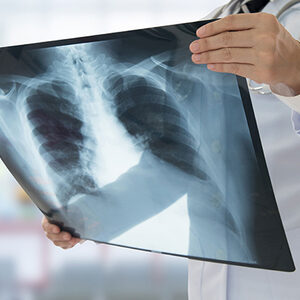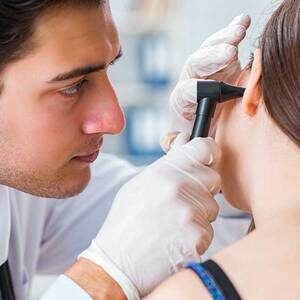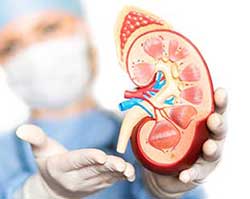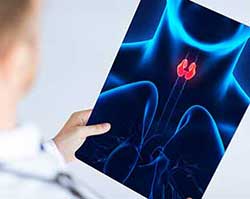Consult City's Top Doctors, The Minute You Need To
First Consultation starting
@ ₹249 ₹499
2836
Dermatologists
1013007
Cases done
by Dermatologists
1750
Hospitals
Keratoderma: Causes, Symptoms, and Treatment
About
It is a term that means the marked thickening of the skin.
This condition becomes evident in the age group 10-30 years. [1]
● Self-diagnosable
● Acquired or inherited
● Treatment options available
● Lab tests may be required.
Palmoplantar keratoderma is the most common form of keratoderma that affects the soles of feet and palms of the hands. It is also known as ‘keratosis palmaris et plantaris’. They are further classified as:
● Diffuse keratodermas: affect palms and soles
● Focal keratodermas: affect pressure areas
● Punctuate-type keratodermas: result in tiny bumps on palms and soles.
● Striate: affects the length of fingers.
In some rare cases, other organs may be affected in addition to skin, marking an internal abnormality.
Causes:
1. Inherited: due to gene mutations, resulting in abnormalities in keratin.
2. Acquired:
● Due to changes in a person’s health or environment
● infections,a
● internal cancer,
● sun damage
● circulation problems
● toxins
● An inflammatory skin condition.
Symptoms
Self-diagnosable
People may experience the following:
● Multiple tiny, hard, round bumps
● Nail abnormalities
Treatment
The treatment is aimed at softening the thickened skin area to relieve discomfort and is short-termed.
Self-care: Saltwater soaks, emollients are advisable.
Medications: Retinoids, topical keratolytics are helpful in reducing swelling and pain.
Specialists: Consult a urologist for other concerns. Surgery and skin grafting may be required. At mfine, you can get a comprehensive treatment plan for optimum health.
Other Specialities
Give a missed call to 08061914343 to Download the App
































